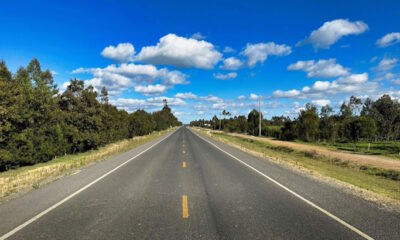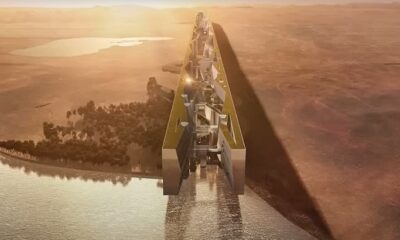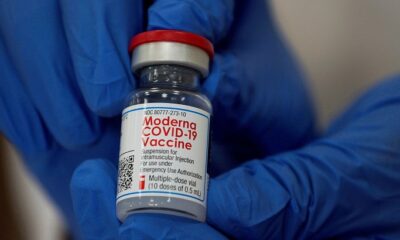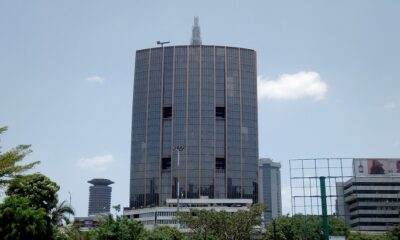Commercial Projects
Construction of world’s first space hotel to begin in 2025
A 3-day trip to the space hotel will cost about $5 million.
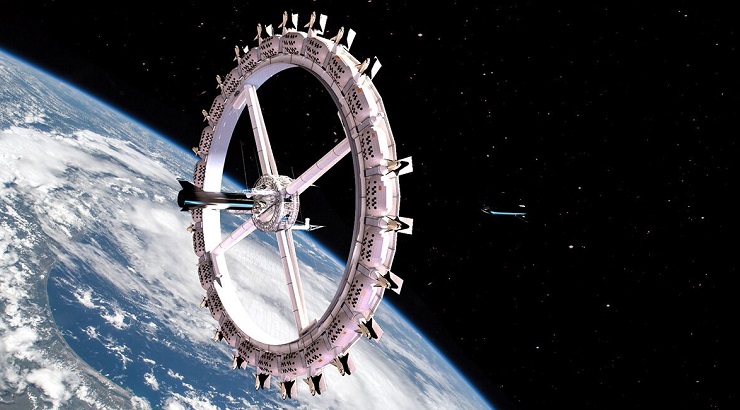
US-based start-up Orbital Assembly Corporation will begin work on the world’s first space hotel in 2025, with a completion date of 2027, making space tourism a reality.
The facility to be known as World First Space Hotel will be operational in 2027, making it possible for super wealthy individuals to take vacations that are literally out of this world.
Located inside the Voyager Station – a commercial space station operated by the start-up, the hotel will be equipped with restaurants, a cinema, spa and rooms for 288 guests and 112 crew members.
The station will feature a series of pods attached to the outside of the rotating structure and some of the pods could be sold to institutions such as NASA and ESA for space research.
Modules and access tubes
It will feature more than 11,600 m² (125,000 sq. ft) of habitable space in modules and access tubes; 200m in overall diameter; an estimated mass of 2,418 metric tonnes; and an estimated volume of 51,104 m³.
“The station will be designed from the start to accommodate both national space agencies conducting low gravity research and space tourists who want to experience life on a large space station with the comfort of low gravity and the feel of a nice hotel,” the company says on its website.
The cost details of the facility have not been shared.
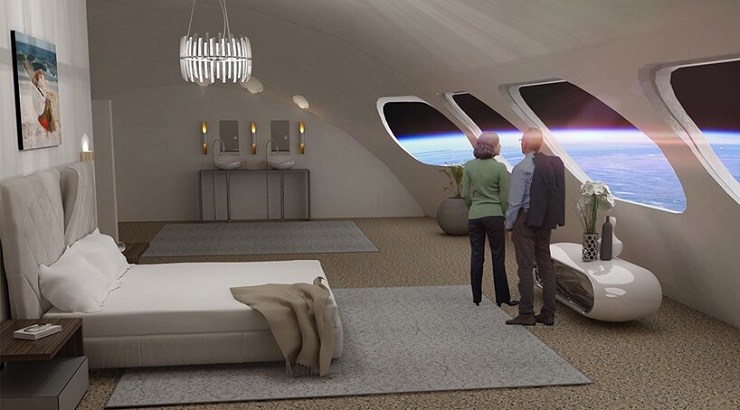
Being in the World First Space Hotel will feel much like being on the moon and tourists will not be able to spend a lengthy period of time completely weightless without proper training (both physical and safety).
Artificial gravity
According to John Blincow, chief executive of Orbital Assembly, the rotating sphere will have artificial gravity, to ensure tourists do not float through the facility like goo in a lava lamp or experience “moon-face” — the head pressure-inducing, sinus-clogging effect caused by microgravity’s impact on the body’s fluid distribution.
However, that does not mean staying at the space hotel will be normal. “When you jump in the air, you jump five times higher,” Blincow said, attributing the situation to lunar gravity.
Jumping, said Blincow, can be done in the Voyager Station’s gymnasium where guests can work out and play games. This will also be a theatre for rock stars and talk-show hosts.
“We want to have Sting come up and play, and Beyoncé,” he said. “There’ll be two shows every night. … That’s part of the entertainment package.”
$5 million
Travellers will undergo some training before boarding their SpaceX Starship shuttle to Voyager Station – a trip that should cost $5 million for about 3½ days encircling the Earth.
While that may sound exorbitant, the fee is dirt-cheap compared to other prospects. Individuals, for example, paid $55 million per person for Axiom Space’s 8-day trip up to the International Space Station.
Interestingly, more than 600 people have paid deposits, topping $80 million in total, for Virgin Galactic’s upcoming space opportunities – with thousands more on a waitlist.



